Introduction
Coconuts, often hailed as nature’s “miracle fruit,” are cherished worldwide for their versatility and numerous health benefits. From refreshing coconut water to creamy coconut milk, and even the versatile coconut flesh, this tropical fruit offers a treasure trove of nutrients and culinary possibilities. However, enjoying the full bounty of a coconut hinges on selecting a fresh one. This guide aims to empower you with the knowledge and skills necessary to pick the best coconuts, ensuring that every sip and bite is as delightful as it should be.
Understanding Coconut Varieties
Before diving into the selection process, it’s crucial to understand the different types of coconuts available. Primarily, there are two main varieties: the Green (or Young) Coconut and the Brown (or Mature) Coconut.

-
Green Coconuts: These are harvested early, typically when they are 6-9 months old. They have a green, smooth exterior and contain a higher percentage of coconut water, which is clear and slightly sweet. The flesh inside is soft and gelatinous, perfect for eating raw or blending into smoothies.
-
Brown Coconuts: Mature coconuts, harvested after a year or more, have a brown, hairy husk and contain less water but a thicker, richer flesh. The water inside is slightly creamier and less sweet, while the flesh is firm and ideal for cooking, making coconut milk, or grating into coconut flakes.
Visual Inspection: The First Line of Defense
-
Exterior Appearance
- Green Coconuts: Look for coconuts with a bright, even green hue. Avoid those with dark spots, cracks, or mold, as these are signs of spoilage.
- Brown Coconuts: Opt for coconuts with a uniform brown color and a slightly dry, yet intact, outer husk. Cracks, soft spots, or an overly damp exterior indicate that the coconut may be past its prime.
-
Weight and Feel
- Pick up the coconut and feel its weight. A fresh coconut should feel heavy for its size, indicating that it is still hydrated. A lightweight coconut might be too old or have lost its moisture.
- Shake the coconut gently. If you hear sloshing, it’s a good sign that there’s plenty of water inside (more relevant for green coconuts). For brown coconuts, this test isn’t as definitive since the water content is lower.
-
Sound
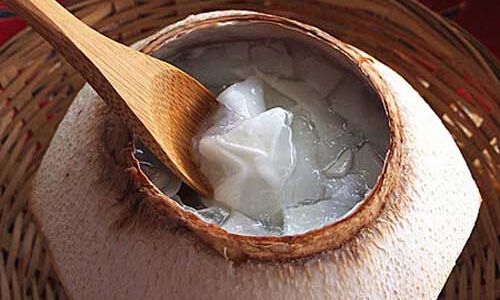
Tap the coconut with your knuckles. A fresh coconut will produce a solid, hollow sound, indicating that the interior is intact and not hollowed out by decay.
Checking for Freshness Indicators
-
Eye Spot Inspection
On both green and brown coconuts, there is often a small, circular area known as the “eye” or “germ pore.” In green coconuts, this area should be clean and slightly raised. In brown coconuts, it may appear darker but should not be moldy or cracked.
-
Smell
While the outer husk may not yield much in terms of scent, if you can peel away a small part of the husk (preferably at the store’s permission), a fresh coconut should have a mild, earthy aroma. Any strong, unpleasant odors indicate spoilage.
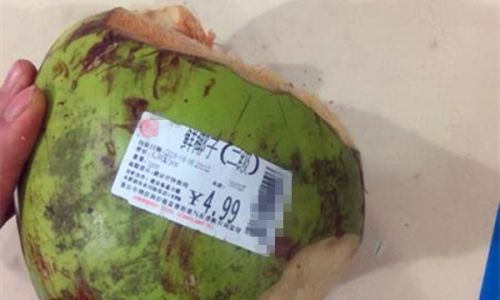
Practical Tips for Buying and Handling
-
Seasonality
Coconuts are a tropical fruit, and their availability and freshness peak during the warmer months. While they are available year-round in many parts of the world, opting for coconuts during their natural harvest season ensures better quality and flavor.
-
Source Reliability
Purchase coconuts from reputable vendors or grocery stores that have a high turnover rate. This minimizes the chances of buying old stock.
-
Storage Considerations
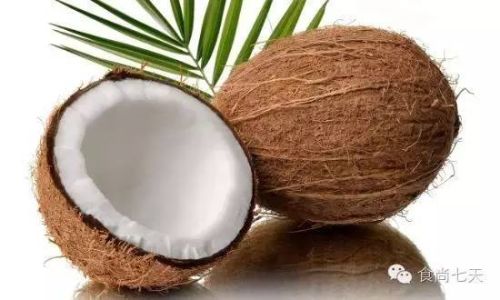
Once you’ve selected your fresh coconut, store it in a cool, dry place. Green coconuts can be kept at room temperature for a few days but should be refrigerated if not consumed immediately to retain freshness. Brown coconuts can be stored at room temperature for a week or refrigerated for longer.
-
Opening Techniques
Properly opening a coconut can be challenging. Using a sharp knife or a dedicated coconut opener can make the process safer and easier. Always wear protective gloves to avoid injuries from the sharp husk and shell fragments.
The Art of Drinking Coconut Water and Eating the Flesh
-
Drinking the Water: Puncture a hole at the softer eye spot using a clean, sharp object. Pour the water into a glass and enjoy its refreshing taste. For a more controlled flow, you can insert a straw.
-
Eating the Flesh: Once you’ve drained the water (or if you’re consuming a brown coconut), crack open the shell carefully. Use a spoon to scoop out the flesh, which can be eaten plain, added to smoothies, or used in cooking.
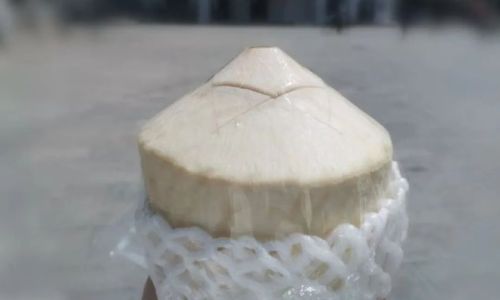
Conclusion
Selecting a fresh coconut is an art that combines visual inspection, tactile assessment, and a bit of common sense. By following the guidelines outlined in this guide—understanding coconut varieties, visually inspecting for freshness, checking for weight and sound, and being mindful of seasonality and storage—you can ensure that your coconut experience is nothing short of delightful. Remember, a fresh coconut is not just a refreshing treat; it’s a gateway to a world of culinary creativity and health benefits. So, the next time you’re at the market, put your newfound skills to the test and bring home a coconut that’s as vibrant and nutritious as nature intended. Happy coconut hunting!


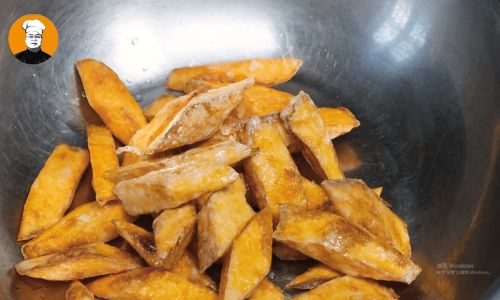

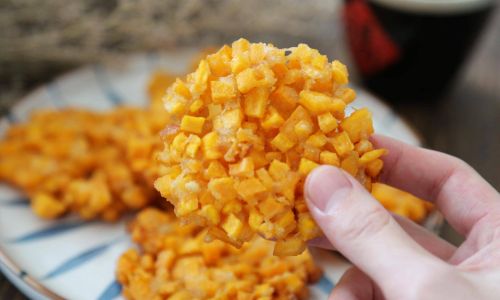
0 comments